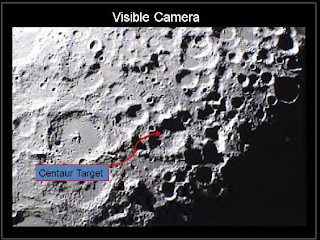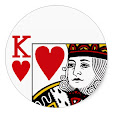|| Yada Yada Hi Dharmasya, Glanir Bhavathi Bharatha,
Abhyudhanama Dharmasya,Dhatatmanam Srijamyahan,
Paritranaya Sadhunam,Vinashaya Cha Dushkrutam,
Dharmasansthapanarthaya, Sambhavaami Yuge Yuge ||
Abhyudhanama Dharmasya,Dhatatmanam Srijamyahan,
Paritranaya Sadhunam,Vinashaya Cha Dushkrutam,
Dharmasansthapanarthaya, Sambhavaami Yuge Yuge ||
Meaning:
Whenever and wherever there is a decline in religious practice, O descendant of Bharata, and a predominant rise of irreligious--at that time I descend Myself.
Whenever and wherever there is a decline in religious practice, O descendant of Bharata, and a predominant rise of irreligious--at that time I descend Myself.
The Bhagavad-Gita or the sacred song, is a Hindu poem with deep philosophy, spirituality and divinity embodied in it. It primarily is a wartime counsel between Krishna and his disciple/relative warrior Arjuna.The Mahabharata war in this great book was only a pretext, he felt. It was an allegory. In fact, it represented a battle going on, within every individual. Mahabharata war might not be historical as it exists today. Poet Vyasa, used it as background to preach real dharma. Even winning the war did not bring happiness. Along with tremendous losses, it brought only regret and remorse to all. It proved that mere material gains never brought peace within. Bhagavad Gita is one of the most revered of Indian scriptures. Though it is much later than the Vedas, and does not constitute part of the revealed literature of the Hindus, it occupies a distinct and in some respects unrivaled place in Indian philosophical and religious literature. While it is almost conventional to view it is a separate text, it is in fact a part of the Mahabharata, and relays the teachings of Krishna to Arjuna.
















